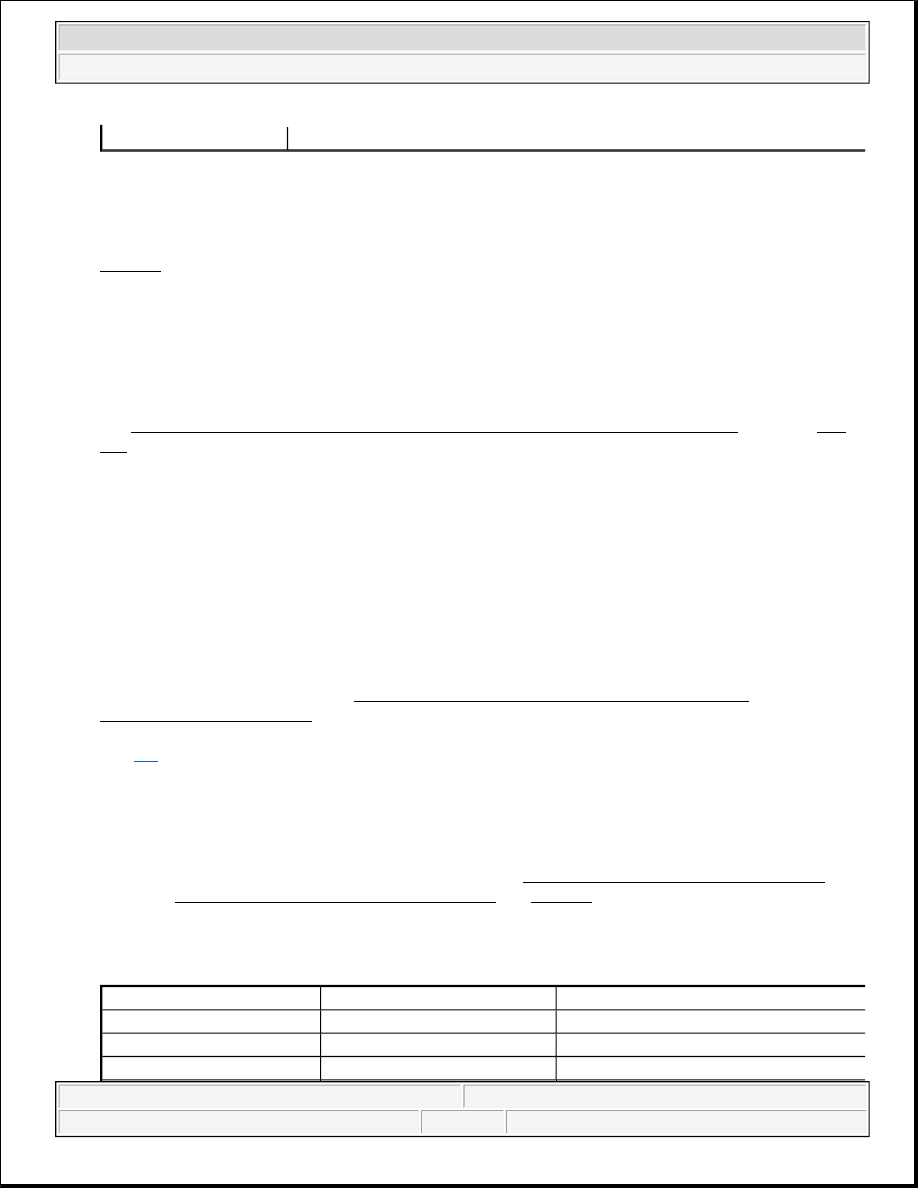Content .. 1501 1502 1503 1504 ..
Ford F150 Pickup. Instruction - part 1503

58) Check Fuel Injector Harness Resistance Between NG Module & Fuel Injector
Disconnect suspect fuel injector harness connector. Using a DVOM, measure resistance of injector and
VPWR circuits between suspect fuel injector harness connector and NG module harness connector. See
Fig. 235. If both resistance measurements are less than 5 ohms, go to next step. If any resistance
measurement is 5 ohms or more, repair open in affected circuit.
59) Check Fuel Injector Harness Circuit For Short To PWR Or Ground Between NG Module &
Injectors
Ensure suspect fuel injector harness connector is disconnected. Using a DVOM, measure resistance
between suspect injector circuit, and PWR GND and VPWR circuits at NG module harness connector.
See NG MODULE FUEL INJECTOR CIRCUIT TERMINAL IDENTIFICATION table. See Fig.
235. If any resistance measurement is 10 k/ohms or less, repair short between circuits. If all resistance
measurements are more than 10 k/ohms, go to step 61) (DTC P0172 or P0175), or replace faulty fuel
injector(s) (all others).
60) Check Fuel Injector Driver Signal
Ensure ignition switch is turned to OFF position. Connect NG module harness connector. Connect 12-
volt test light between injector and VPWR circuits at suspect fuel injector harness connector. While
cranking engine, observe test light. If test light does not glow dimly (no light or continuous bright light)
while cranking or running engine, go to next step. If test light glows dimly, PCM and NG module circuits
are okay. If engine runs rough, see ROUGH OR ROLLING IDLE, STALLS, MISSES,
HESITATION OR SURGE under SYMPTOMS in TROUBLE SHOOTING - NO CODES - CNG,
FLEX-FUEL & GASOLINE article. If engine is a no-start, go to TEST A, step 4). For all others, go to
step
64)
.
61) Check PCM Fuel Injector Harness Circuit Resistance
Ensure ignition switch is turned to OFF position. Ensure NG module and PCM harness connectors are
disconnected. Using a DVOM, measure resistance of VPWR circuit and injector circuits between PCM
harness connector and NG module harness connector. See PCM TO NG MODULE TERMINALS
table. See PCM CONNECTOR IDENTIFICATION and Fig. 235. If all resistance measurements are
less than 5 ohms, go to next step. If any resistance measurement is 5 ohms or more, repair open in
affected circuit.
PCM TO NG MODULE TERMINALS
8
54
NOTE:
A properly operating system will show a dim glow at idle on 12-volt test
light.
Application
PCM Terminal No.
NG Module Terminal No.
Fuel Injector No. 1
75
3
Fuel Injector No. 2
101
4
Fuel Injector No. 3
74
5
2003 Ford Pickup F150
2003 ENGINE PERFORMANCE Self-Diagnostics - CNG, Flex-Fuel & Gasoline